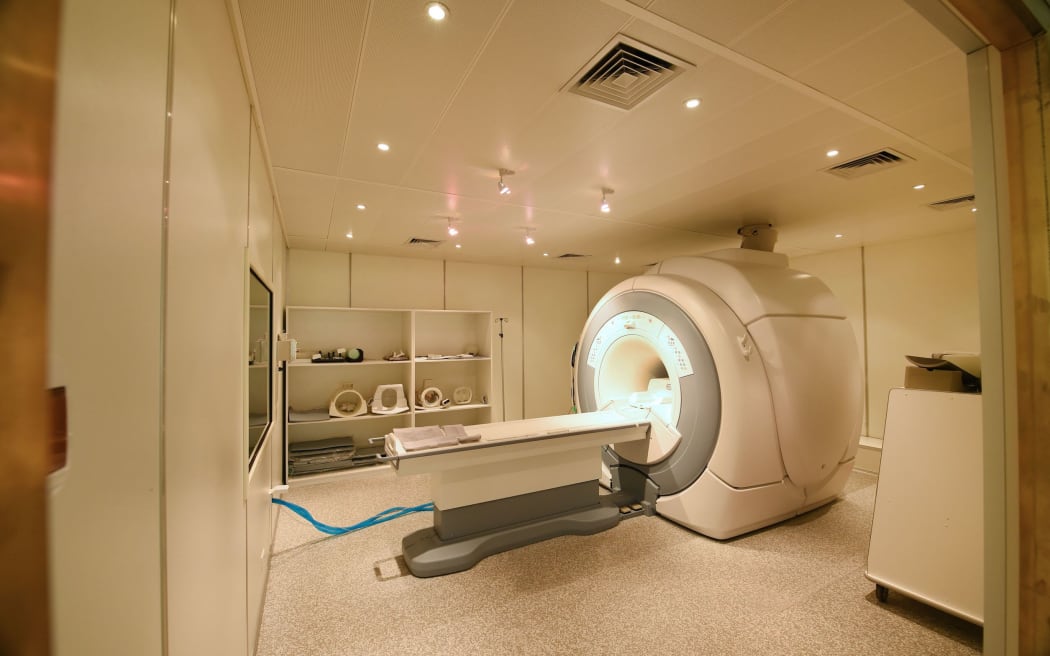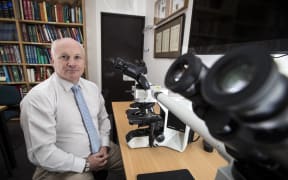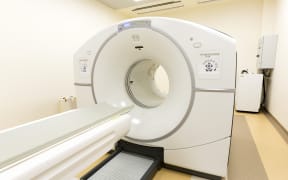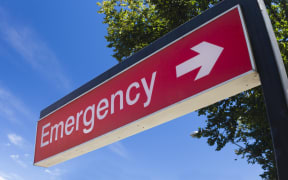
There is no specific funding in either Australia or New Zealand to do post-mortem MRIs. Photo: 123rf.com
Radiologists in Australia want to use post-mortem scanning to help cut the number of unexplained stillbirths by 20 percent over the next five years.
New Zealand clinicians say post-mortem scanning could save babies' lives in future - but it is not an option in many regions.
About one in five stillbirths are currently recorded as 'unexplained', and many are never investigated at all.
Melbourne clinical radiologist Professor Stacy Goergen said while parents wanted answers when their baby was stillborn, most refused an autopsy when it was offered to them because it was "so invasive".
"It's really about their role as a parent and feeling protective of a baby, even though they've already died. They don't like the idea of an autopsy, let alone having to have the baby go somewhere else to have the procedure performed."
Even when parents consented to an autopsy, the small number of perinatal pathologists in Australia and New Zealand can mean long waits for reports, which added to families' distress.
Goergen, head of obstetric imaging at Monash University, said grieving parents were more likely to consent to a scan if it were offered.
She is leading a three-year project to train clinicians to carry out post-mortem MRIs following stillbirths and neonatal deaths.
Jointly funded by the Royal Australian and New Zealand College of Radiologists and the federal government, it plans to produce a training package, best practice guidelines and decision-making support for parents and clinicians - and ultimately come up with answers for those 22 percent of cases where the cause of stillbirth remains a mystery.
However, as yet there was no specific funding in either Australia or New Zealand to actually do post-mortem MRIs, Goergen said.
"And that needs to change because we're not actually talking about a large number of babies, although it might surprise you to learn that about 1 percent of births are stillbirths."
SANDS was a not-for-profit organisation supporting families affected by stillbirth and neonatal death. Chair Melanie Tarrant said many parents in the first shock of grief were "understandably reluctant" for their baby to undergo an autopsy, especially if it meant they would have to be sent somewhere else, as was nearly always the case in New Zealand.
"There's such a small period of time you have to spend with your baby, to be with him and make memories, that it can be a really hard decision for parents to make. So I think if this MRI autopsy was available in New Zealand, it would be something a lot more parents would consider."
Tarrant lost her daughter Kate in 2011 just before 20 weeks and son Zac in 2012 at 27 weeks.
"I think it's really important for families when their baby dies to understand how and why this has happened, especially if you go on to have further pregnancies.
"You want to know if there's anything that could be done to prevent that happening again."
Paediatric and obstetric radiologist Dr David Perry, who works at National Women's Hospital and Starship, was one of only a handful of specialists in the country doing post-mortem MRIs. He said a national post-mortem MRI service would be possible in New Zealand "with appropriate planning and resources".
Scans could be done anywhere in the country and sent electronically to be read by specialists.
"I think it's doable, the main issue that I see is going to be convincing radiology departments to prioritise these.
"The classic line is 'I have a waiting list for live people, why would I be scanning a dead person?' And that just reflects a lack of understanding of the importance of post-mortem examination."
There were resource constraints, he admitted. Post-mortem scans typically have to be done at the beginning or the end of the day when there were no other patients around, and the room needed to be blessed afterwards, which took more time.
Also, they must be done quickly, usually within 24 hours of death.
"When you've got a short amount of time to get a scan done, and it's the only time you can get it - there are no second chances - we need to encourage and help radiology departments around New Zealand to make that a priority to do the best for those parents and those families."
Perry said post-mortem MRIs were "just part of the whole package" of stillbirth investigations, alongside inspecting the placenta for defects, blood tests and genetic testing.
Scans could not produce the fine detail that autopsy could give, such as microscopic examination of organs.
Other less invasive alternatives to autopsy could include ultrasounds and taking tissue samples of different organs via the umbilical cord using biopsy needles.
He and his colleagues hope by finding answers for these families, they can identify preventable causes and help others avoid a similar tragedy





